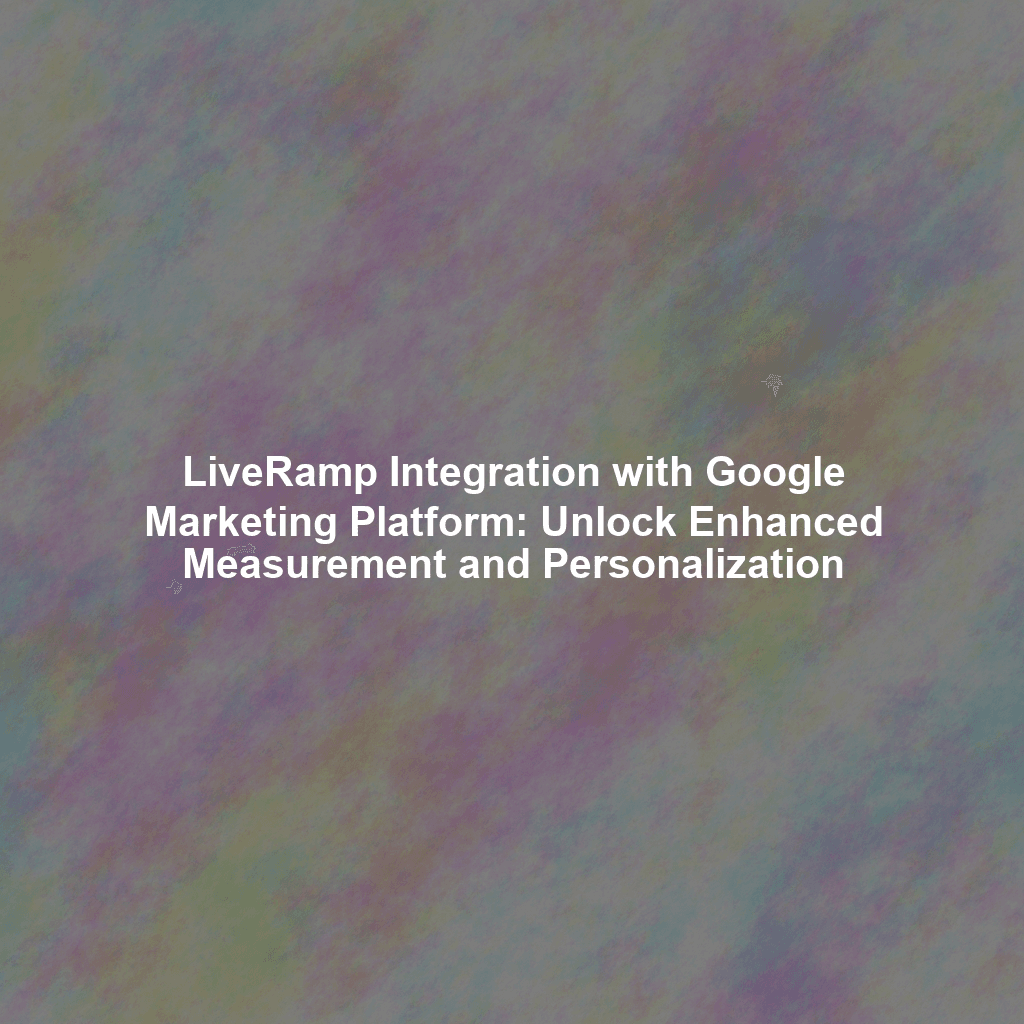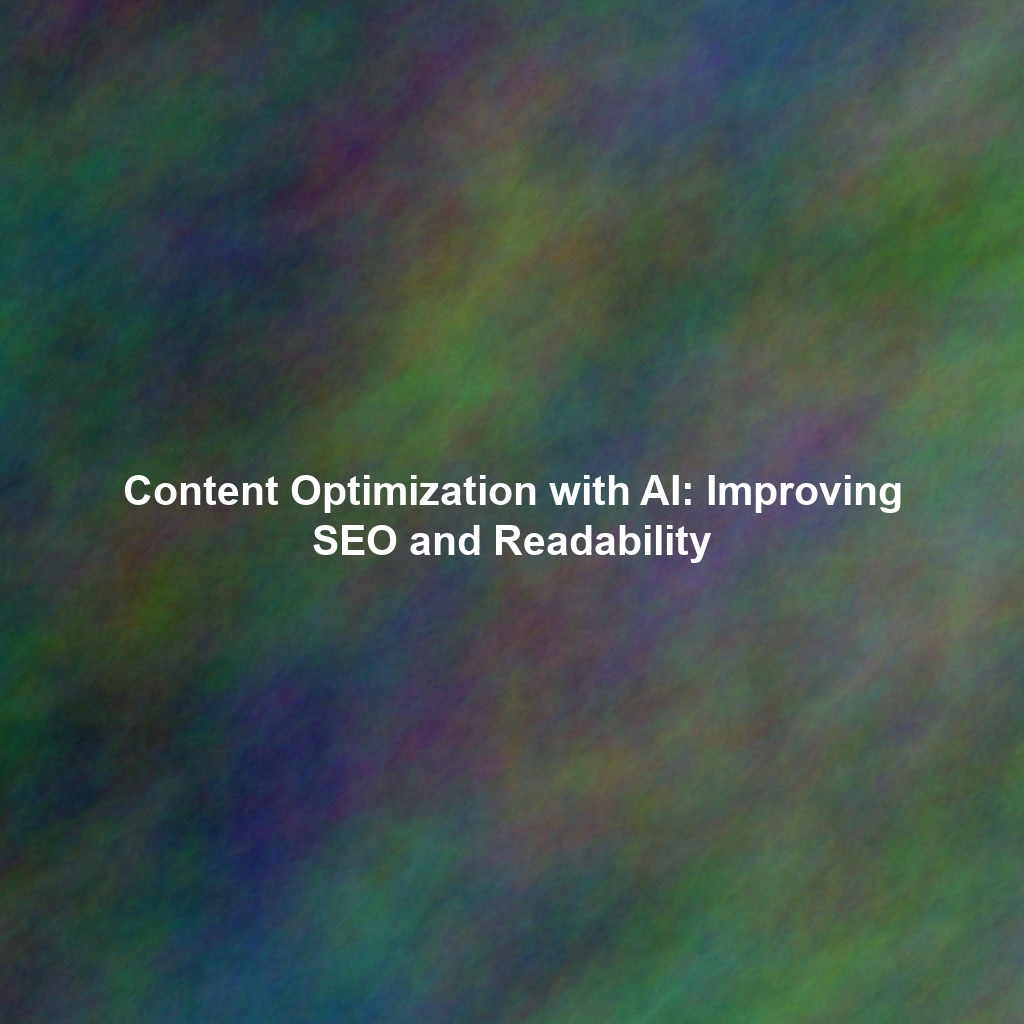Understanding LiveRamp and Google Marketing Platform
Before diving into the benefits of integration, let’s briefly understand the core functions of each platform:
LiveRamp: Your Identity Resolution Powerhouse
LiveRamp is a leading data connectivity platform specializing in identity resolution. It helps marketers connect disparate customer data points – both online and offline – into a unified, privacy-safe view of individuals. This unified view allows for more accurate targeting, measurement, and personalization across various marketing channels. LiveRamp uses an identity graph to connect these data points while prioritizing consumer privacy through anonymization and consent management.
Google Marketing Platform: The Advertising Ecosystem Giant
Google Marketing Platform (GMP) encompasses a suite of powerful advertising and analytics tools, including:
- Google Ads: The dominant platform for search, display, and video advertising.
- Display & Video 360 (DV360): A demand-side platform (DSP) for programmatic advertising across display, video, and audio.
- Campaign Manager 360: An ad server and campaign management platform for centralized campaign tracking and reporting.
- Google Analytics 360: A web analytics platform providing deep insights into website traffic and user behavior.
The Power of Integration: Benefits Unveiled
Integrating LiveRamp with GMP unlocks a wealth of benefits for marketers:
Enhanced Measurement Accuracy
One of the most significant advantages is the improved accuracy of measurement. By using LiveRamp to resolve identities, marketers can more accurately attribute conversions and track campaign performance across different touchpoints and devices. This provides a clearer understanding of which campaigns are driving results and allows for more effective optimization.
For example, a customer might interact with your brand through a Google Search ad on their desktop, then later convert via a Display ad seen on their mobile device. Without proper identity resolution, these two interactions might be attributed to separate individuals. LiveRamp connects these touchpoints, providing a holistic view of the customer journey and accurate attribution.
Personalized Advertising Experiences
The ability to deliver personalized advertising experiences is crucial in today’s competitive market. LiveRamp’s identity resolution capabilities allow marketers to create highly targeted audiences within GMP based on enriched customer data. This enables the delivery of more relevant and engaging ads, leading to improved click-through rates, conversion rates, and overall ROI.
Imagine being able to show different ads to customers who have previously purchased a product versus those who are simply browsing your website. Or tailoring ad creatives based on customer demographics, interests, and purchase history. LiveRamp and GMP integration makes this level of personalization a reality.
Improved Audience Targeting
LiveRamp enables marketers to build more precise and effective audiences for targeting within GMP. By connecting online and offline data, marketers can create audiences based on a wider range of attributes, including demographic information, purchase history, website behavior, and more. This leads to more relevant ad targeting and reduces wasted ad spend.
For example, you can target customers who have visited specific pages on your website, abandoned their shopping carts, or made purchases in your physical stores. This level of granularity allows for highly targeted campaigns that resonate with specific audience segments.
Privacy-Safe Data Activation
In an era of increasing privacy regulations, ensuring data privacy is paramount. LiveRamp prioritizes consumer privacy by anonymizing data and providing tools for consent management. This allows marketers to leverage data for targeting and measurement in a privacy-safe and compliant manner.
LiveRamp employs techniques like hashing and tokenization to protect sensitive data while still enabling effective targeting. Furthermore, they provide solutions for managing consumer consent and honoring opt-out requests.
Streamlined Workflow and Increased Efficiency
The integration between LiveRamp and GMP streamlines the workflow for marketers, reducing manual data transfers and improving overall efficiency. By connecting these platforms, marketers can seamlessly activate their data and launch targeted campaigns without the need for complex data management processes.
Implementing the Integration: A Step-by-Step Approach
While the specific implementation process may vary depending on your setup, here’s a general overview of the steps involved in integrating LiveRamp with GMP:
- Establish a LiveRamp Account: Ensure you have an active LiveRamp account and have configured your data sources.
- Link Your LiveRamp and GMP Accounts: This typically involves working with LiveRamp support to establish a secure connection between the two platforms.
- Configure Data Mapping: Define how your customer data from LiveRamp will be mapped to audience segments within GMP.
- Create and Activate Audiences: Build targeted audiences within GMP based on your LiveRamp data.
- Launch and Optimize Campaigns: Deploy your targeted campaigns and continuously monitor performance to optimize for maximum ROI.
Best Practices for Maximizing the Integration
To ensure you’re getting the most out of the LiveRamp and GMP integration, consider these best practices:
- Prioritize Data Quality: Ensure your customer data is accurate, complete, and up-to-date. Garbage in, garbage out.
- Segment Your Audience Effectively: Create granular audience segments based on relevant attributes to deliver highly targeted messaging.
- Test and Iterate: Continuously test different audience segments, ad creatives, and targeting strategies to optimize campaign performance.
- Monitor Performance Closely: Track key metrics like click-through rates, conversion rates, and return on ad spend to identify areas for improvement.
- Stay Informed About Privacy Regulations: Keep abreast of the latest privacy regulations and ensure your data practices are compliant.
Conclusion
The integration between LiveRamp and Google Marketing Platform is a game-changer for marketers looking to enhance measurement, personalize advertising experiences, and drive improved campaign performance. By leveraging the power of identity resolution, marketers can unlock a deeper understanding of their audience and deliver more relevant and engaging ads across Google’s vast advertising ecosystem. By following the implementation steps and adhering to best practices, you can harness the full potential of this integration and achieve significant gains in your marketing efforts. Embrace this synergy and unlock a new level of marketing effectiveness.
 Skip to content
Skip to content

